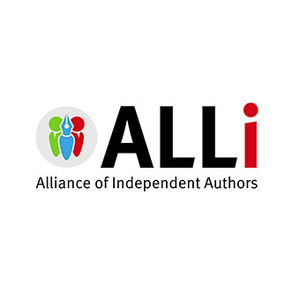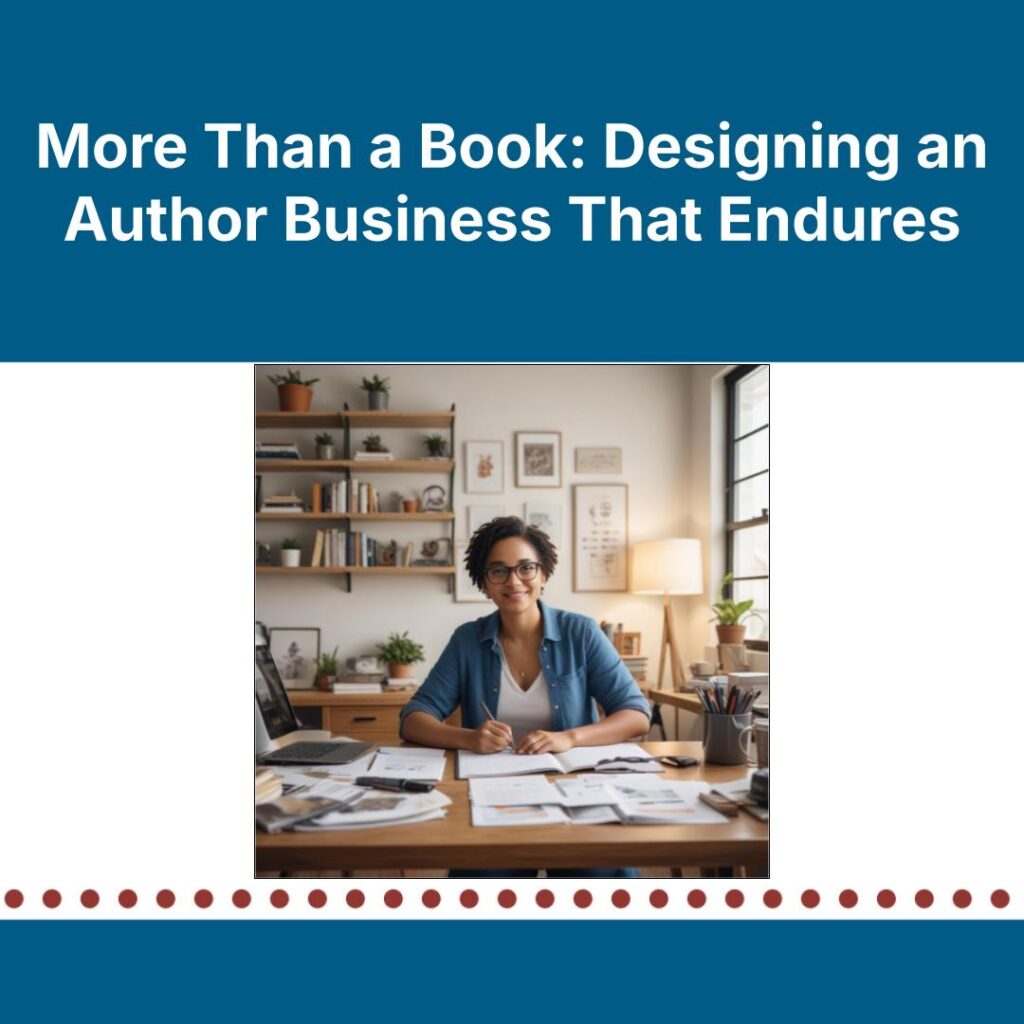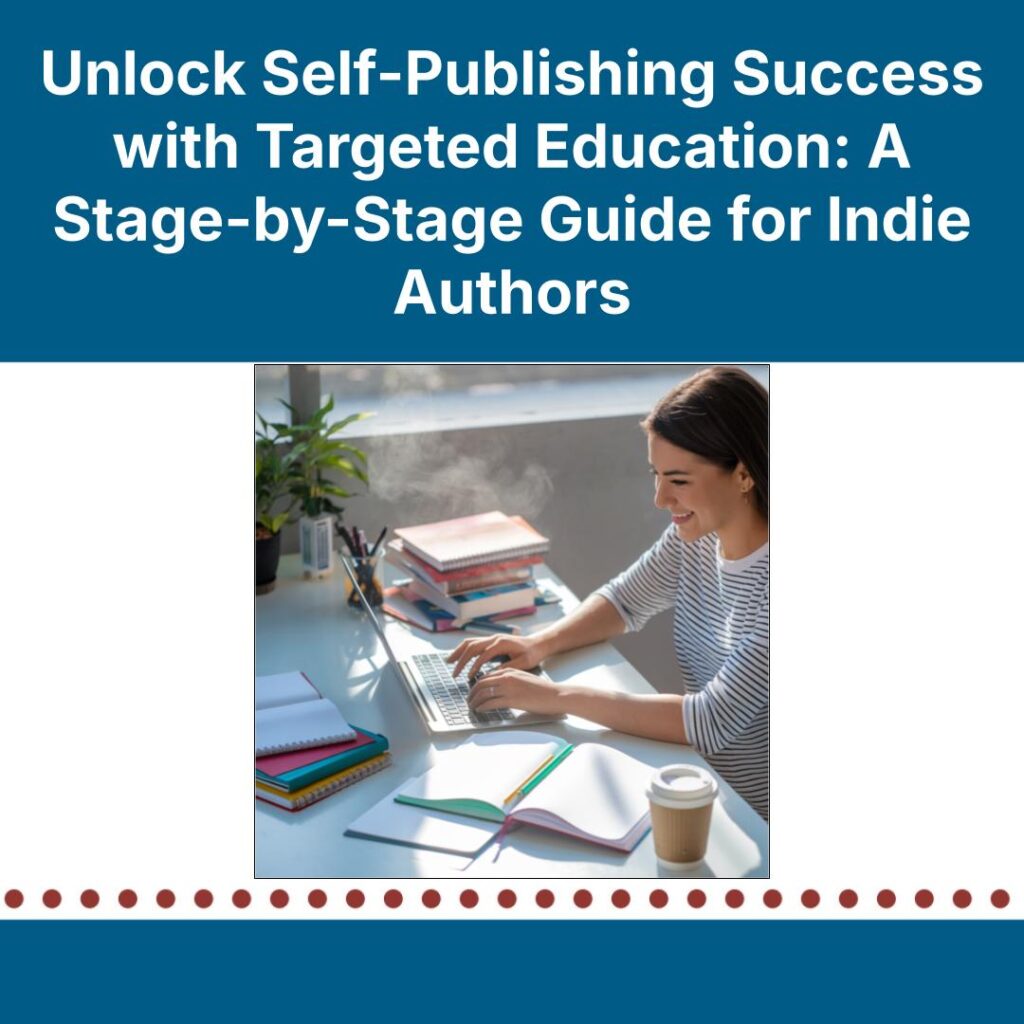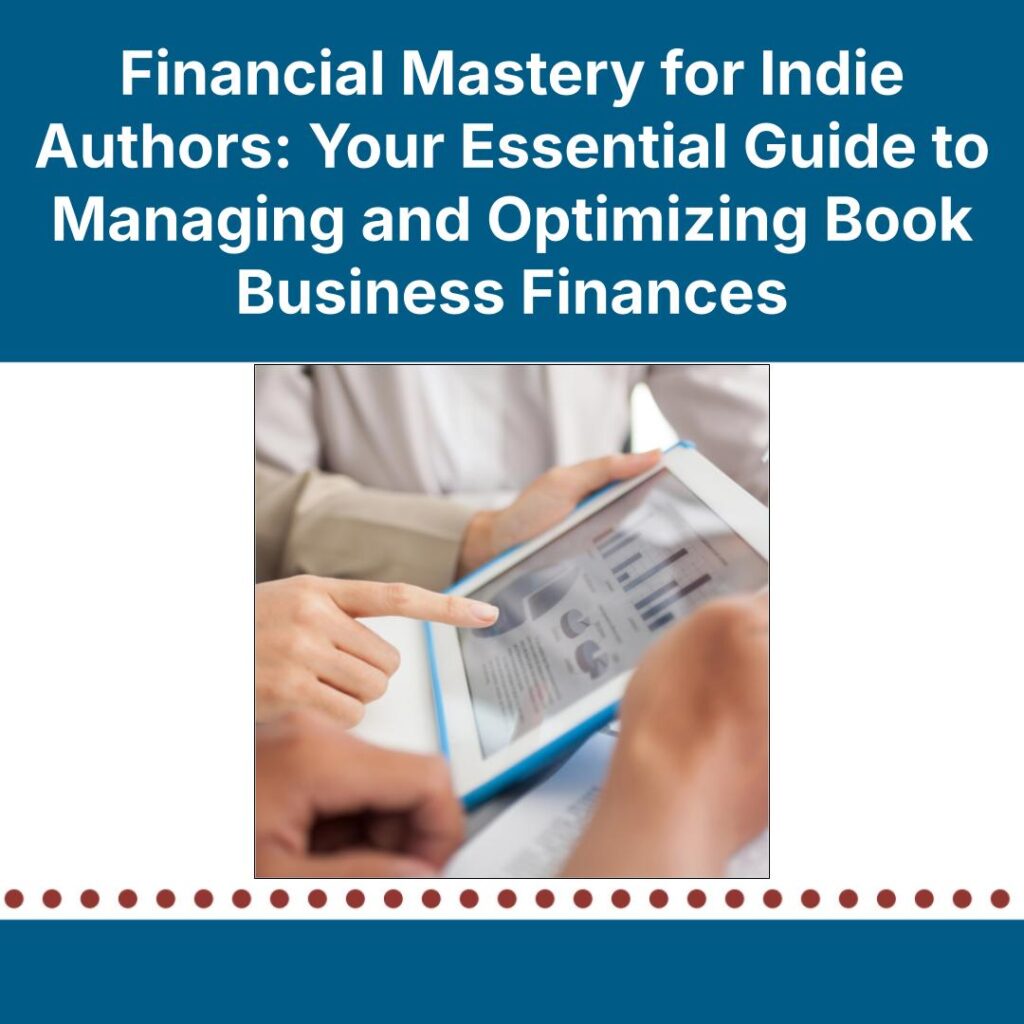“Distribution” may sound technical and far from the creativity of writing. But distribution simply comes down to how you can get a book from your hands into those of your readers as easily and widely as possible.
The Alliance of Independent Authors’ (ALLi’s) guiding policy for the most effective distribution plan is to be in as many formats as you can—e-book, print and audio—and in as many stores as you can, while making your own website the core of your bookselling operation for e-books and digital audiobooks, and increasingly for print too, as tools improve. As part of ALLi’s seven processes of publishing, your distribution process must run smoothly for the customer purchasing experience to go well.
Beginners
For new authors, the key to success is to achieve the widest possible distribution in the simplest possible way. Use Amazon for e-books and print-on-demand services to create paperbacks and hardbacks, then add an aggregator like Draft2Digital, PublishDrive, or StreetLib to take care of other e-book outlets through one dashboard and account. You can also add IngramSpark to the mix to ensure your print books are available for all bookshops to order, should they wish.
If you are at the stage of setting up your website, go directly to having a transactional site. Use a platform like WordPress together with WooCommerce, or set up a Shopify store, which you can integrate with your website. Selling your books directly to your readers makes your own website the core of your author business. ALLi’s blog post from May 2020, “The Ultimate Guide to Selling Books on Your Author Website,” can get you started.
It may be worth it to try joining Kindle Select, Amazon’s Kindle Unlimited subscription service, whereby your e-books—but not print books—are exclusive to Amazon for a rolling ninety-day period in return for promotional perks on the platform. Some authors do very well in this program, but others do not. As royalties are calculated and paid by the number of pages read, poets or children’s authors are unlikely to find it rewarding. However, because participation can be stopped after the initial ninety days, a new author could test whether their books do well, then decide to either stay exclusive or build Kindle Select into a longer-term business strategy—for example, running all new books through the program for a year and then going “wide,” or non-exclusive. Overall, ALLi recommends going wide so that you have as many selling options available to you as possible and can minimize the risk of being reliant on any one platform.
Distribution to bookshops is often tricky for indie authors. Although IngramSpark will distribute to bookstores, it’s difficult for authors to offer competitive terms and prices because of the higher unit cost of print-on-demand. New authors are keen to be in bookshops, but given the limited physical space available, indies usually find that publicizing to bookshops, and dealing with the necessary administration, is highly time-consuming for very little financial reward compared with selling directly to readers online.
The simplest solution at this stage is usually to ensure a book can be ordered by a bookshop and to let your readers know this is possible, then focus your attention and time on online sales and getting more writing done.
Emerging Authors
Once your basic distribution is in place and proceeding smoothly, and you are gaining confidence—and a back catalog—you may wish to increase your distribution options. If you have been exclusive, it may be wise to consider going “wide” so that not all your eggs are in one basket. You can get more advice in ALLi’s March 2021 blog post on the topic: https://selfpublishingadvice.org/publishing-wide.
Time permitting, ALLi recommends you upload directly to the e-book Big Five—Amazon’s KDP program, Apple Books, Barnes & Noble, Google Play, and Kobo Writing Life—and use e-book aggregators, such as Draft2Digital, to cover the rest of the world. The benefits of uploading directly to big retailers include faster payments; up-to-date sales figures, which are important for measuring the effectiveness of marketing; more direct control of metadata, particularly categories and keywords, which are important for discoverability; and the ability to manipulate pricing quickly and easily, which is important for promotion.
A caveat: each of the e-book retailers has different dashboards and requirements, so going direct can be time-consuming, especially if you have multiple titles. Always consider the best approach for your own circumstances.
Another outlet to explore is libraries. Indie authors in the US can distribute their books to libraries via Draft2Digital, and ALLi has a guidebook available—free to members and available for purchase to non-members—called Opening Doors, which has advice for getting into libraries, festivals, bookshops, and more.
Experienced Authors
For experienced authors, nowis probably a good time to consider expansion into bookshops, as you will be able to make the case for your titles to brick-and-mortar stores by showing strong and consistent book sales. This will entice booksellers to stock your work in meaningful quantities, either through your own logistics or via licensing print formats of your IP.
It is also the time to really increase your focus on selling direct as you grow a base of committed readers who are comfortable buying directly from you. This can include e-books, printed books, special editions, audio and companion books—e.g., workbooks—and premium special editions.
Not only will you make higher margins since you are cutting out the middleman, but you will also be able to access valuable customer data, including contact details and analytics, which again, by this stage, you are likely to be better able to put to use successfully. Read ALLi’s “Ultimate Guide to Selling Print Books Direct” from May 2023: https://selfpublishingadvice.org/print-books-direct.
Distribution may not always seem a thrilling part of your writing and publishing efforts, but it facilitates your work finding its intended readers. A well-configured distribution system appropriate to your stage of business and personal circumstances can both free up a lot of your writing time and give your business important opportunities to expand.
Finally, it is important for all authors to review their distribution choices at least every couple of years. The self-publishing industry moves fast, and personal circumstances may also change. For example, if you find that you have more time or more admin assistance available, you may be willing to take on financially beneficial but more time-consuming options. New distribution options are always opening up and existing ones may change, so a business-minded author will always be open to revising their choices to make the most of their options.
ALLi has a comprehensive book, Creative Self-Publishing, free to ALLi members and for sale in our bookshop to non-members. Chapter 20 covers distribution. Additionally, ALLi has guides for authors looking to distribute books to bookstores (Your Book in Bookstores: ALLi’s Guide to Print Book Distribution for Authors), and to libraries (Your Book in Libraries Worldwide), available at https://selfpublishingadvice.org/bookshop.







